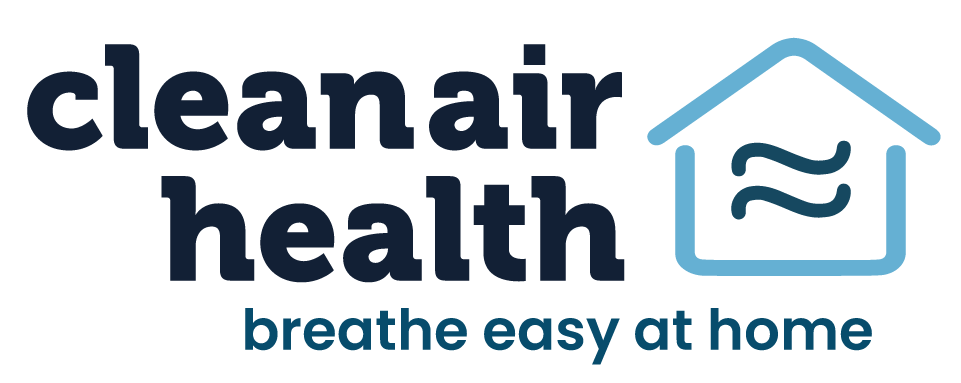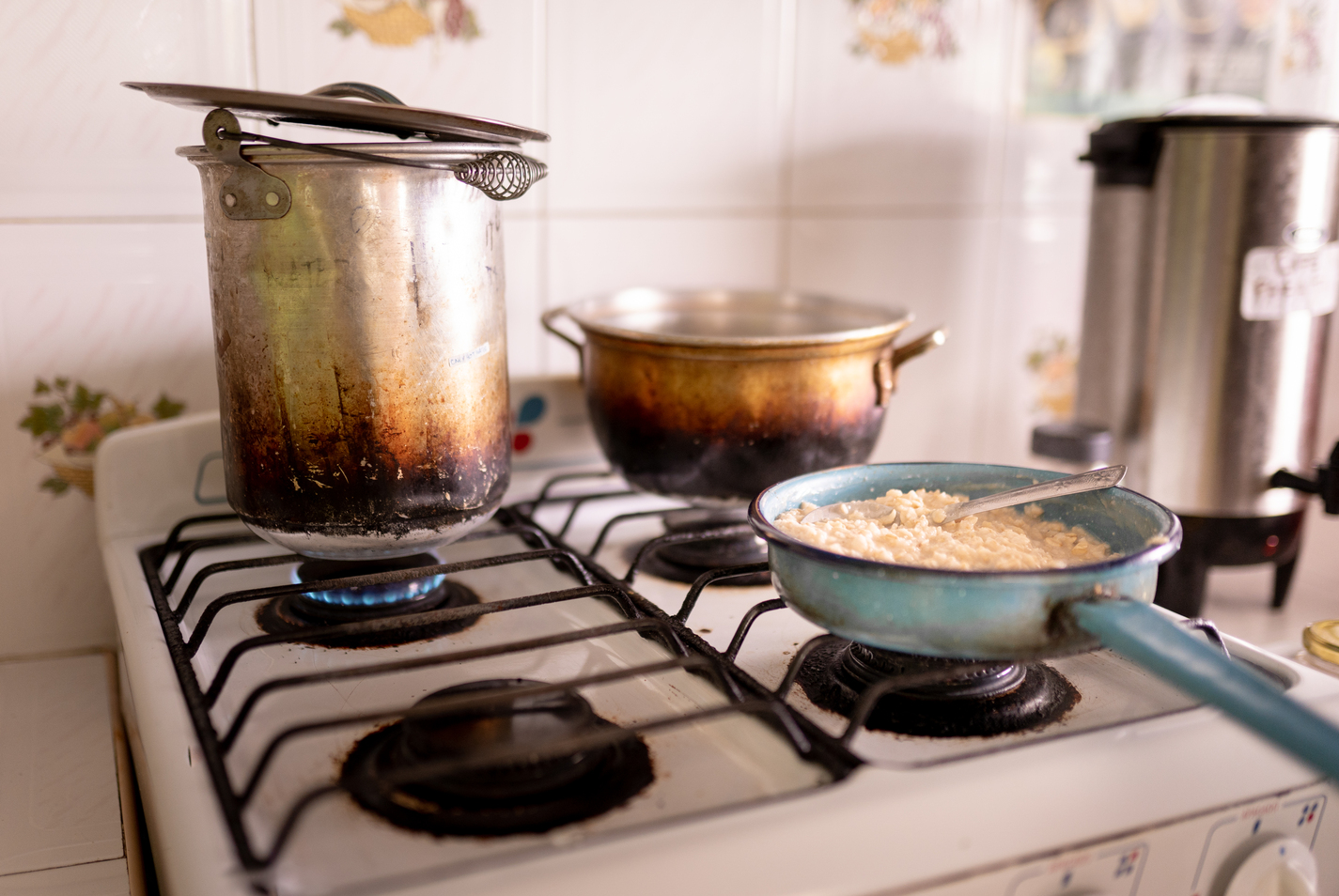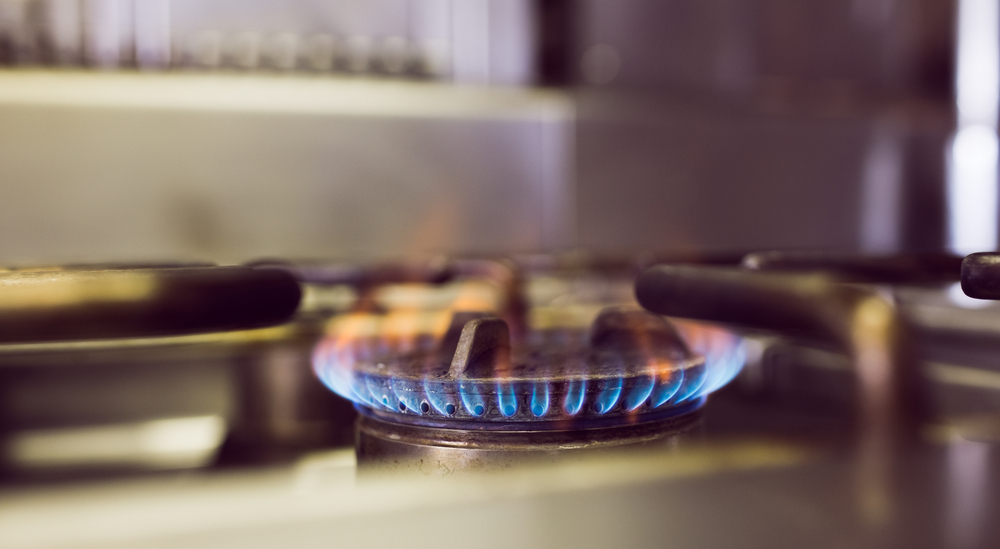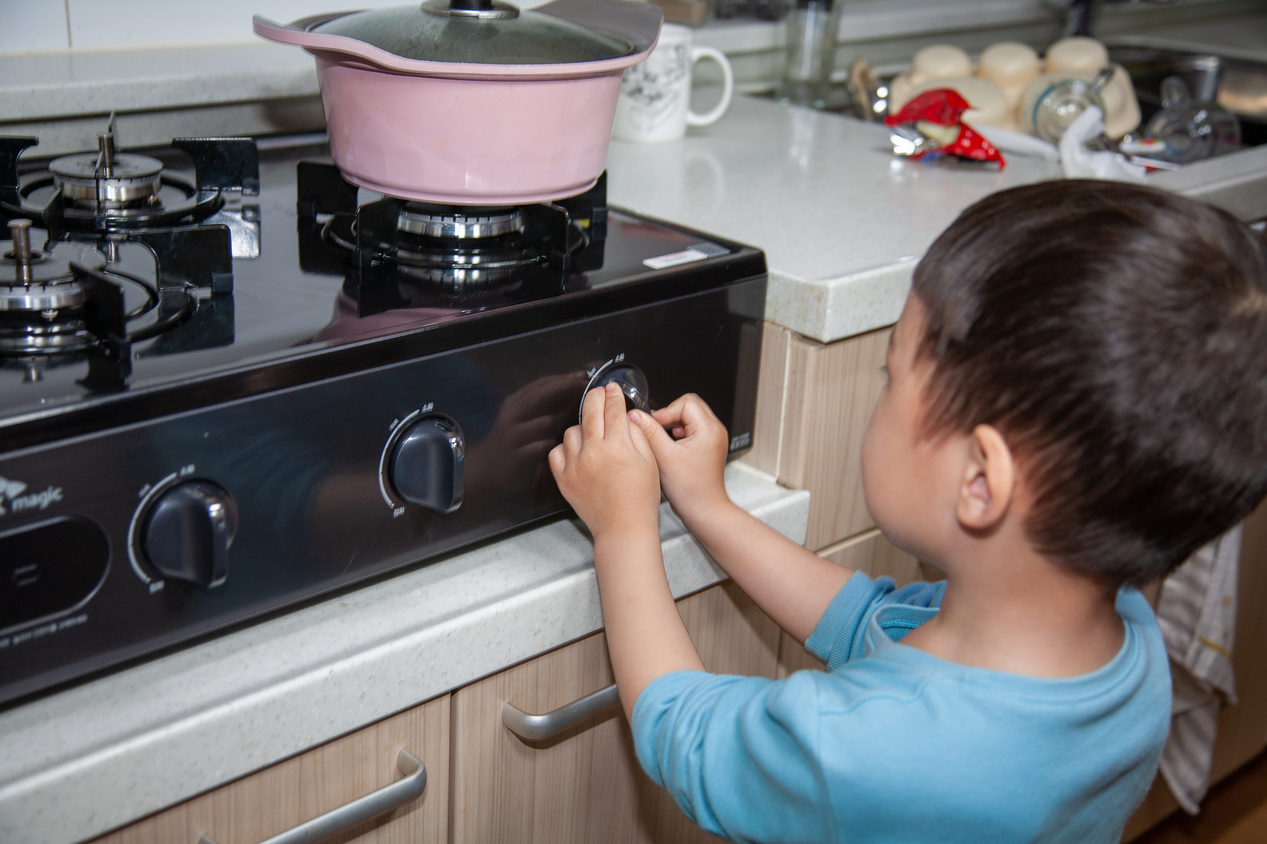Benzene with your bouillabaisse? What’s really in “natural” gas.
When we think of the gas industry, the images that come to mind are drilling rigs, wells, pipelines, and compressor stations–industrial equipment that is often far away, out of sight and out of mind.
But the reality is that for families with gas powered-appliances like gas stoves, gas water heaters, and gas boilers, gas industry infrastructure ends inside our homes, just a few feet from our noses. Every time a new home is hooked up to gas, that means whatever hazardous chemicals are present in the gas system on a given day–and there are many–are being piped directly into that home.
Gas companies and utilities are not required to measure or report detailed information on the chemical composition of their gas to their customers, so the truth is that it’s hard for people to know what is in the gas we use in our kitchens. But where scientists have tested stove emissions, the findings have been disturbing, with the gas mixtures including varying levels and concentrations of toxic chemicals like carcinogenic benzene and ethylbenzene, toluene which can cause liver and kidney damage, and xylene and hexane, which irritate the respiratory tract.
Stoves are concerning sources of exposure because we use them in our living spaces and work with them closely on a daily basis. How many times have you leaned over a stove to smell a simmering soup? Or opened the oven to check on a roast? You may have breathed in a blast of benzene.
We know from research by scientists at Harvard and PSE Healthy Energy that the chemicals in the gas system can vary from month to month or from utility to utility. For example, in homes around Boston, Harvard researchers found 21 hazardous air pollutants present in the gas piped into people’s homes, including benzene, and the concentrations of those air pollutants varied at different times of year. The highest concentrations were in the winter months, when people spend most of their time indoors.
Gas is also supposed to contain a certain level of odorant which is added to the gas mixture so that people can smell when there is a leak and take action to protect themselves from a toxic and explosive chemical. But the Harvard research team found that odorant levels were often so low that leaks were undetectable by smell, leaving people vulnerable to gas leaks that are unnoticeable and quite dangerous.
Scientists from PSE Healthy Energy tested gas stove emissions across California and found that benzene levels varied from utility to utility. Homes in North San Fernando and Santa Clarita Valleys just north of Los Angeles had the highest concentrations, with levels of benzene comparable to being exposed to secondhand smoke.
And here’s the kicker: in both these studies, the scientists took emissions samples from the stoves when they were off. Meaning these chemicals were leaking into homes around the clock. It didn’t matter how expensive or high-end or new the stove was–the gas leaked regardless, and that puts people at risk.
The gas industry has spent a lot of time and money to convince consumers that gas is “natural” and that gas is “clean,” to get us to feel safe using it in our homes with our families. But when presented with the data, gas lobby groups like the American Gas Association can’t even dispute the facts. Instead, it just points to the lack of government regulation as evidence that their product is safe to use. But the data doesn’t lie. We should not burn gas at home.




